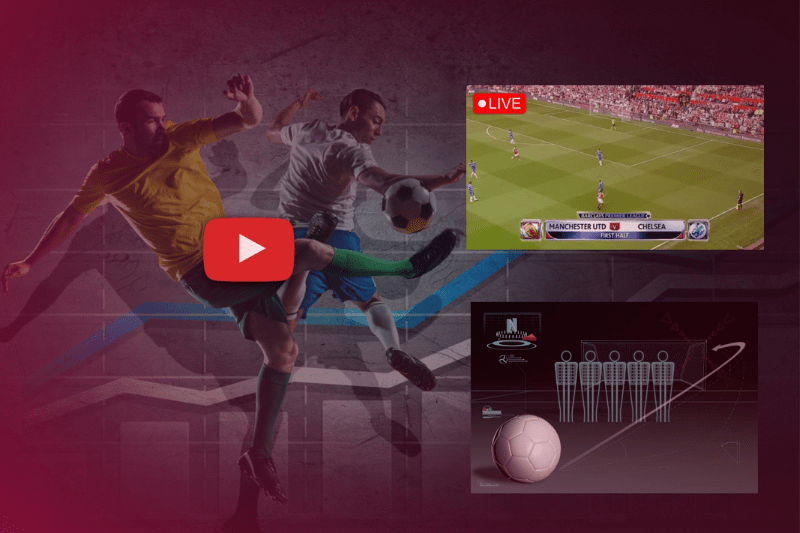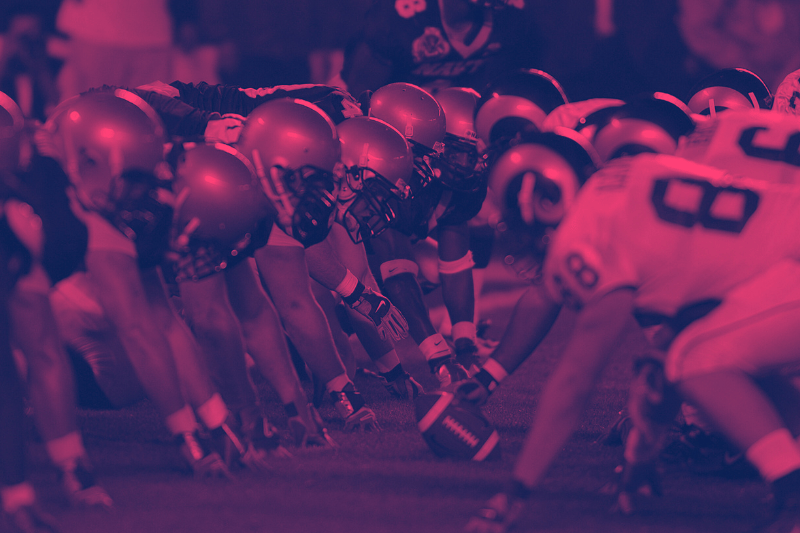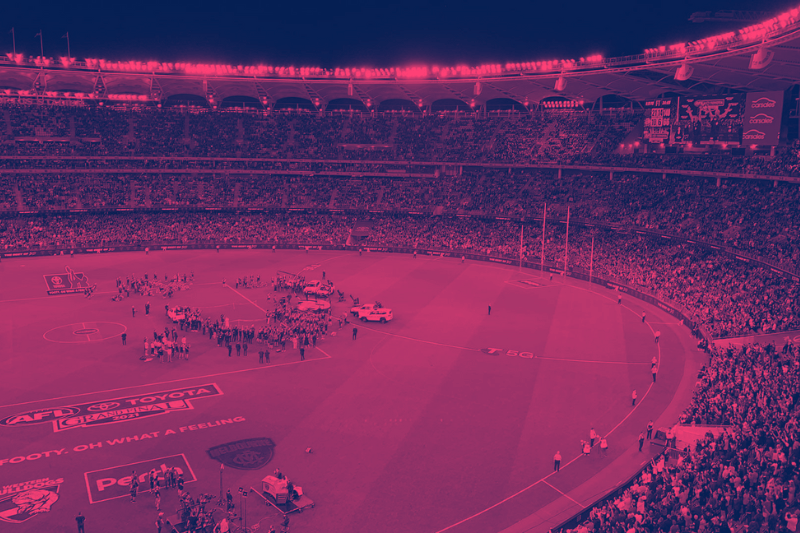
Machine learning played a key role in creating Football Games Video Analysis from video streams. Real-time scene understanding of football matches from video feed using machine learning and traditional CV techniques. Hundreds of viewers are fixated on the images showing 22 players fighting for the possession of a ball in football.
It isn't all there is to watching a football game, and if we can process as much data as possible from a single game, we may just get a clue as to why. If attempted to extract as much information as possible from a football match recorded by a single broadcast-like camera, it can be seen that:
 It's quite easy to get away with framing a moving camera in such a way that it can obtain both positional and semantic information from a single shot, but that isn't exactly what you want to do with a stadium moving camera, where the camera is constantly changing angles. Well, you probably would not be able to do that in an actual stadium, anyway, as you would with a simpler problem.
It's quite easy to get away with framing a moving camera in such a way that it can obtain both positional and semantic information from a single shot, but that isn't exactly what you want to do with a stadium moving camera, where the camera is constantly changing angles. Well, you probably would not be able to do that in an actual stadium, anyway, as you would with a simpler problem.
Even though there are a variety of ways to process (at least approximately) video data on a budget, doing so is still possible even though it is somewhat time-consuming. In order to properly tackle a textbook (good) software engineer would have to break down the problem into smaller, more manageable, and specific ones. First, let's refer to the overall architecture of the system before looking at each task in a "positional to semantic" order.
Let's take a sequence of images and process them one at a time using object detection (field and objects). Once a series of nearly-consecutive images is obtained, it can be tracked. It is also important to determine the position of the camera within the frame and the position of each entity based on the frame. A track of each player based on his identification and assignment to a team should also be kept.
Phase smoothing occurs when progressively removing parts of the video until the end. After that, simply repeat frame by frame, until the end of the video. Then apply a smoothing phase in which one can look back at all the information that has been accumulated so far and "re-adjust" trajectories and detections in order to achieve better coherency throughout the video. How a picture is processed once it is fed into the system is now being outlined. It is hard to find labelled data of good quality when approaching this type of problem from an ML perspective.
 Simply cropping the frame and expecting the pre-trained net to produce good results does not work. In order to make the network function on the whole frame, a sliding window should be fed that was constructed in such a way that it processed every bit of it, piece by piece. The results obtained this way are much better so that you can detect players and referees and avoid them.
Simply cropping the frame and expecting the pre-trained net to produce good results does not work. In order to make the network function on the whole frame, a sliding window should be fed that was constructed in such a way that it processed every bit of it, piece by piece. The results obtained this way are much better so that you can detect players and referees and avoid them.
Almost the entire stack of the system was built assuming (at least) reliable detections, so accuracy is a top priority. The sky's the limit here, as anything can be tried to achieve the highest possible level of reliability and efficiency. Masking out the frame as depicted in the picture, removing all items detected at the preceding step, and using a simple model of the field to compute pitch images from different angles of rotations and translations. The matching process should be optimised by leveraging an index and treating the input as a query. The best football api providers would ensure so. Such is the process of a football game video analysis. To receive the best and most accurate football players statistics database, one should definitely invest in a reliable football statistics database api like Data Sports Group’s football api. Our service is positional-based, receives real-time observations, and provides authentic data simultaneously. First of all, we are amongst the top sports data providers. We aim towards accurate gathering and dissemination of data in simple-to-use formats. Data Sports Group satisfies all football data requirements to carry out effective analyses and outcomes.










